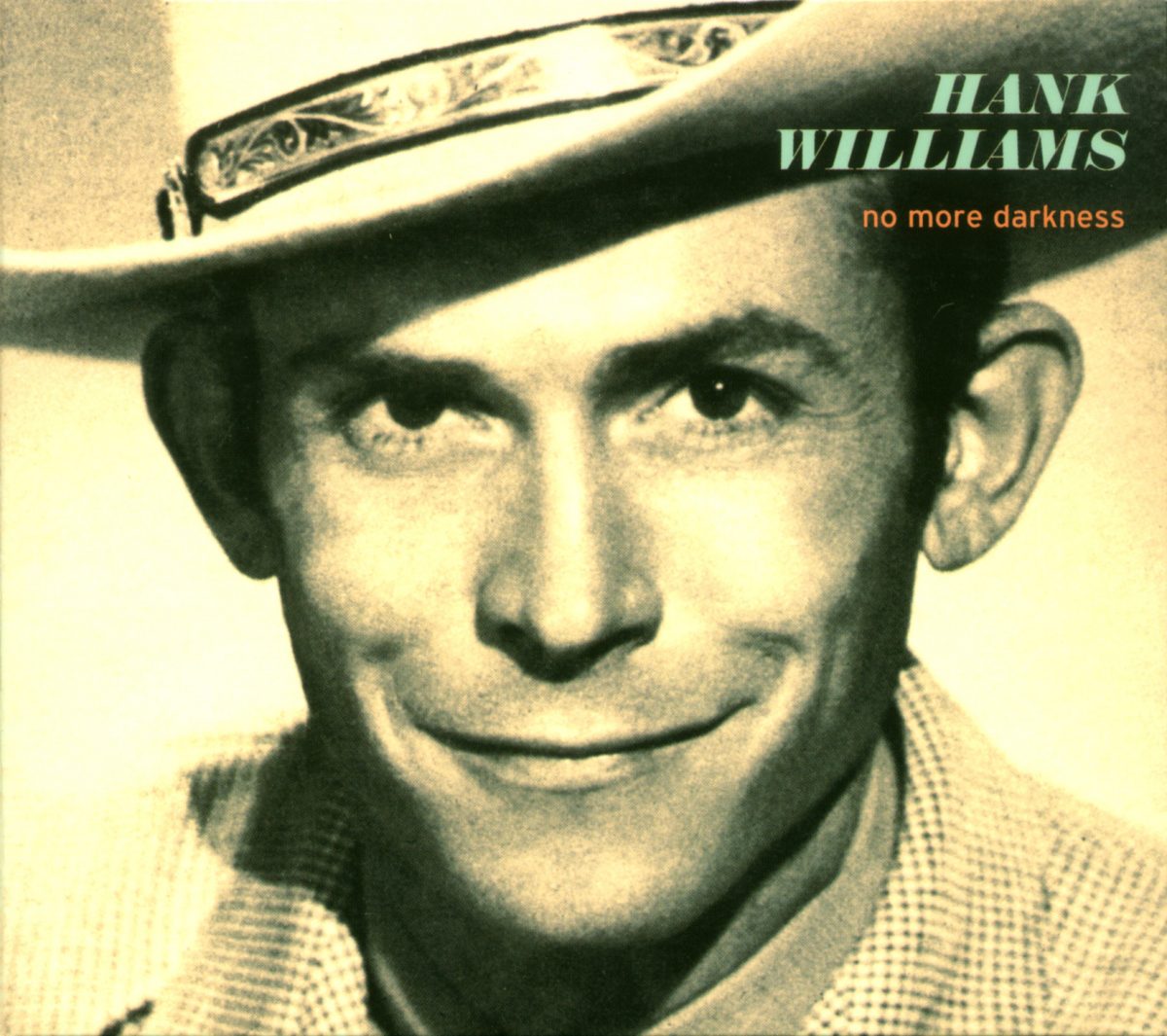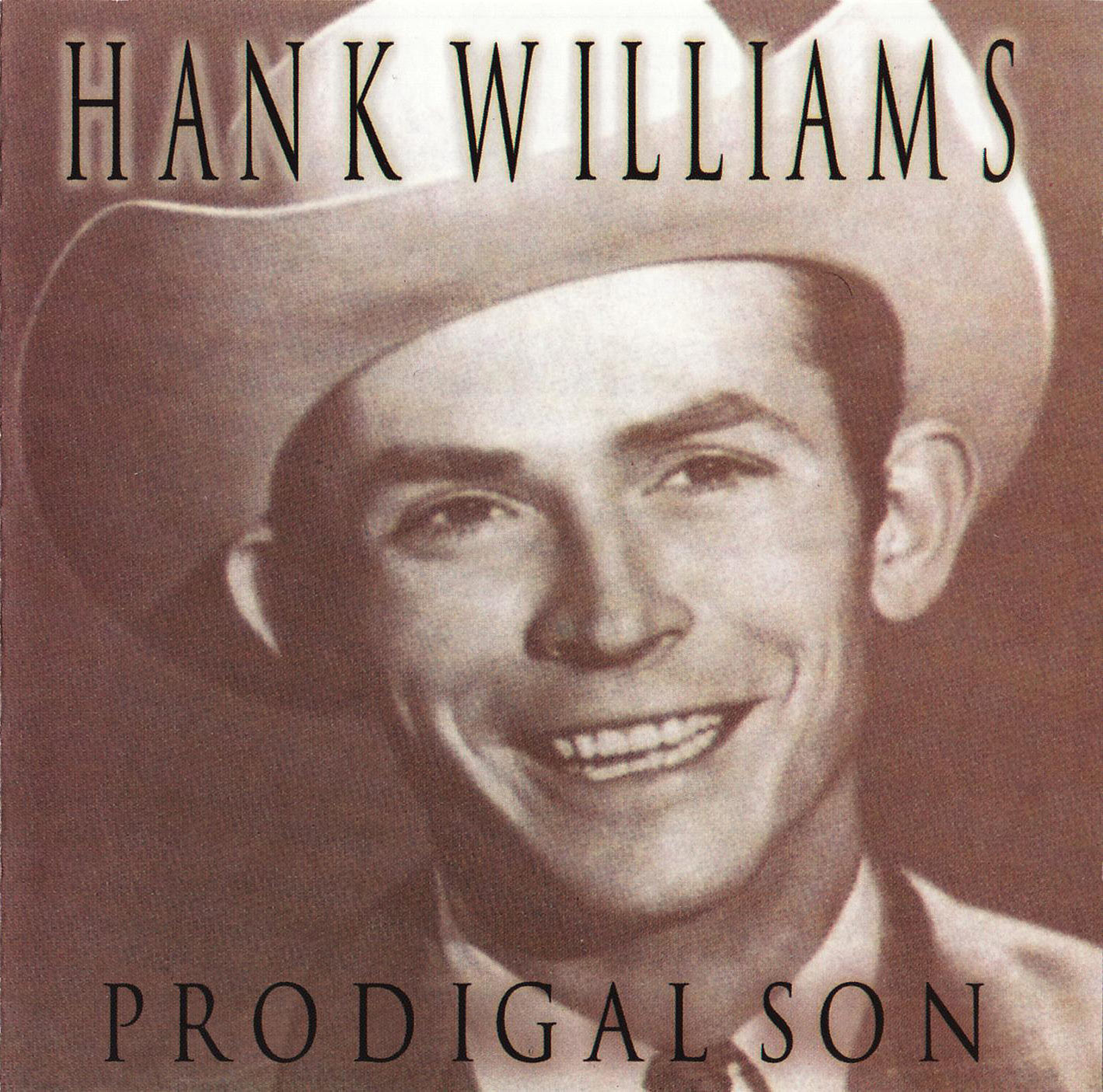

So week by week, month by month, year after year, the envelopes were mailed off to Nashvile town where country songs were sorted to separate the hit wheat from the unrecordable chaff.ĭespite his wife’s steadfast support he couldn’t quite work up the courage to approach the great Ray Price when he came through town.
#Hank williams songs swamp song free
In the country you can live free and as you sit in your rusty old Cadillac ideas for country songs will surely materialise just like they did to the greatest country songwriter of all – Hank Williams. Still he always had the support of the bride he married in 1963, ‘Honey I’m feelin’ something there’ and together they kept their dreams warmly alive in their old house trailer out in the countryside. The protagonist of our anchor song today, ‘5000 Country Music Songs’ by Ry Cooder, believes in the power of the country song to connect with the truths of life and that one day Ray Price or Bobby Bare might just record one of his stack of returned to sender songs : ‘You’re bound to get you one just wait and see’ says the concerned rural route mailman.

No one plants the green grass every time.

The winning, holding onto and losing of love – along with lust and the demands and urges of loyalty and longing are the currency of a genre which speaks to the hard grind of our daily existence and the dreams that carry us through the inevitable peaks and troughs of our passage through life.

There will be no end to the making of country music songs.įor the blood and guts themes real country songs deal with will remain central to our human experience until the sun’s light is finally dimmed some six billion years from now. (Arthur Kent/Sylvia Dee ‘The End Of The World’)Īnd no one plants the green grass every time’ (Charlie Rich) Like 1950s rock ‘n’ roll in general, swamp pop suffered a dramatic decline in popularity with the British invasion of 1964, although it did directly influence successful mainstream rock performers into the 1960s and 1970s such as Doug Kershaw, Charlie Daniels, Little Feat, Creedence Clearwater Revival and Tony Joe White.I can’t understand, No I can’t understand, record charts, including Rod Bernard’s “This Should Go on Forever,” Phil Phillips’s “Sea of Love,” Joe Barry’s “I’m a Fool to Care,” and Dale & Grace’s “I’m Leaving It up to You,” among others. exerted the most notable influence on the swamp pop sound.īy the mid-1960s several swamp pop songs had appeared on national U.S. Among the era’s country and western artists, Hank Williams Sr. Unlike the New Orleans R&B popularized by Fats Domino, swamp pop drew heavily on Anglo-Protestant country and western music, introduced to the French-speaking parishes by Texas oil field workers and distant high-powered radio stations, such as WSM in Nashville or, closer to home, KWKH in Shreveport. The swamp pop sound is typified by highly emotional, lovelorn lyrics, tripleting honky-tonk pianos, undulating bass lines, bellowing horn sections and a strong rhythm and blues backbeat. Although many swamp pop musicians played Cajun and black Creole music as children, they generally regarded the music of their parents and grandparents as outmoded by the time they became teenagers during the 1950s. It hails from the Acadiana region of south Louisiana, as well as from the section of southeast Texas inhabited by many Cajuns and black Creoles, and originated around 1955 during the rapid Americanization of south Louisiana’s historically French-speaking parishes. Swamp pop music combines New Orleans-style rhythm and blues, country and western, and Cajun and black Creole music.


 0 kommentar(er)
0 kommentar(er)
